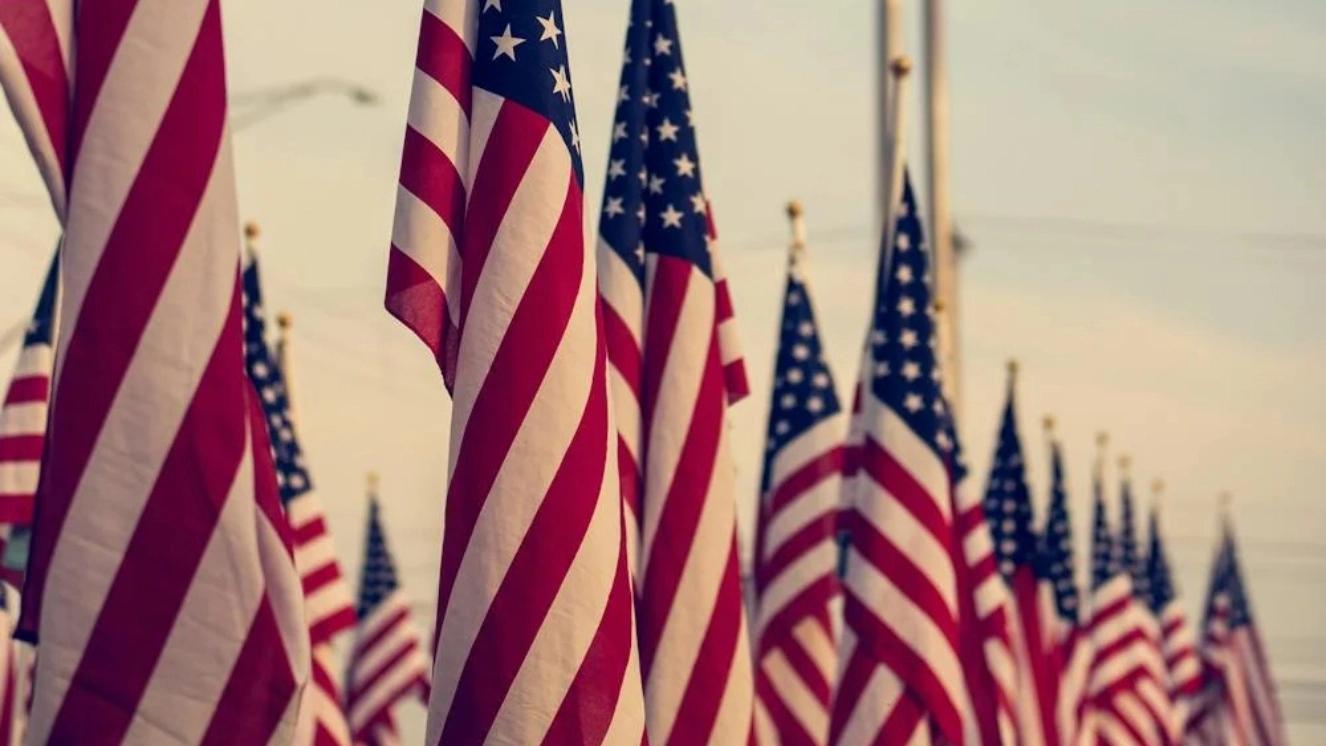A FORGOTTEN CATASTROPHE: THE CIVIL WAR’S TRAGIC SULTANA STEAMBOAT SHIPWRECK

When you think of major shipwrecks involving the United States, what comes to mind? The RMS Titanic as it never completed its journey? Perhaps, the USS Thresher tragedy? What about the famous SS Andrea Doria shipwreck off the coast of New England? All of these and more are terrible events that happened at sea and at least somehow involved our nation. But, what if I told you that the largest shipwreck in American history involves a steamboat you may have never heard of during the Civil War? This is the story of the Sultana disaster.
The Sultana Steamboat Was Constructed for the Cotton Trade
Originally, John Litherbury Boatyard built the Sultana steamboat to aid in the cotton trade down South.
For years, the Sultana operated by bringing cotton from New Orleans to St. Louis and other ports powered by four powerful fire-tube boilers that would eventually become its downfall.
Although capable of generating double the steam for the ship than traditional boilers, there was one huge risk everyone glossed over—the chance of explosion was higher.
Because of its design, the boilers meant a lot of care. Add to the fact that the Sultana was a wooden steamboat, the risk was amplified that much more.
The Ship's Civil War Usage Was Diverse
The steamboat Sultana began as a commercial ship. After the Union took over, instead of shipping cotton to boost the economies of Louisiana, Mississippi, and Arkansas, it was used for military purposes.
This included sending materials to troops but also transporting Union POWs from Cahaba Prison and the Andersonville Prison to get back home up north.
The Mississippi River was open for travel by the Union. Eventually, the use of this particular ship would lead to an explosive disaster unlike any other in American history.
The Sultana Disaster Is the Largest American Maritime Incident in History
It was the beginning of the end of the Civil War. Now that Confederate General Robert E. Lee surrendered, the Confederacy was collapsing and the Union could taste victory.
Days later, Captain James Cass Mason of the Sultana received word on April 15 involving the details of President Abraham Lincoln's assassination.
Learning this huge bit of news, Capt. Mason wanted to be the first to let the South know; however, Captain Reuben Benton Hatch, the Chief Quartermaster in Vicksburg, bribed him to bring 1,000 Union Soldiers home instead.
Keep in mind this volatile ship didn’t have the capacity for 400 passengers, much less the 2,137, that would stuff themselves aboard for that fateful trip.
Despite the risks and knowing that Sultana had a damaged boiler, repairs were rushed and the journey continued.
On April 27, 1865, three of the boilers exploded, destroying the pilothouse, and multiple decks, collapsing its smokestacks, all as flames began to spread throughout the ship.
People were crushed, there were no fire buckets to extinguish the fire available. Thus, the deadliest maritime disaster in US history was underway.
Many passengers were thrown into the water due to the explosion; however, because the boat was overloaded, it became unstable quickly, regardless.
Support railings for the deck saved some lives, but with spreading flames and chaos all around, everyone looked for whatever they could to stay afloat in the middle of the night.
Around 150 people were rescued shortly after the incident, thanks to another steamboat, the Bostona (No. 2), passing by. The ship raced to Memphis, calling for others to head to the site, which they did to search and rescue.
As the sun began to rise, the remains of the Sultana, still burning, were found on Hen Island. Some survivors continued to try and put out the blaze to no avail.
A total of 786 people were rescued, facing plenty of varying injuries among them. Sadly, only four or five women survived, with no children making it out alive. Of these, 31 died after receiving care.
Many were never recovered due to the river's fast current, with bodies found hundreds of miles downstream.
Captain James Cass Mason, who overcrowded the steamboat for profit, died in the Sultana disaster, among the 1,169 deaths—including 1,047 Union Soldiers. A total that eclipses most Civil War battles.
Captain Reuben Hatch, also responsible for overcrowding, evaded trial. In sum, no one was held accountable for the disaster.
A Quiet Disaster, Often Overlooked
While the Sultana steamboat tragedy claimed many lives, it’s not necessarily the most famous maritime disaster these days—maybe that’s because it wasn’t even the biggest news story of its time.
Remember, Gen. Lee had surrendered, the Civil War was coming to an end, President Lincoln was shot, and a day before the explosion, the man responsible for killing the POTUS, John Wilkes Booth, was found and killed.
Furthermore, other Confederate Generals were surrendering the same day of the tragedy and there was just a lot going on at the time.
Not having smartphones to blast alerts and social media trends 24/7 meant communication was much more limited.
As a result, although the Sultana steamboat disaster was a huge news story, it paled compared to others involving major military and political headlines.
Remembering the Sultana Steamboat Disaster
Although the Sultana had plenty of rescuers in the aftermath, the ship sunk to the bottom of the Mississippi River where it would become covered by the silt and mud passing through.
The remains of the ship, however, would become part of a soybean field in Arkansas once the river shifted, where she remains today.
There are memorials in Tennessee at the Mount Olive Cemetery, in Cincinnati by the Vicksburg waterfront, and at the Memphis wharf, among others in a variety of states.
If you’re looking to learn more about the tragedy, a trip to the Sultana Disaster Museum in Marion, Arkansas, is a must-visit.
One of the deadliest events in the Civil War wasn’t a battle or conflict at all, but rather a simple ride home gone wrong.
The Sultana steamboat disaster remains an unfortunate part of our history and a reminder of the sacrifice troops face, even outside of the battlefield.
Suggested reads:



